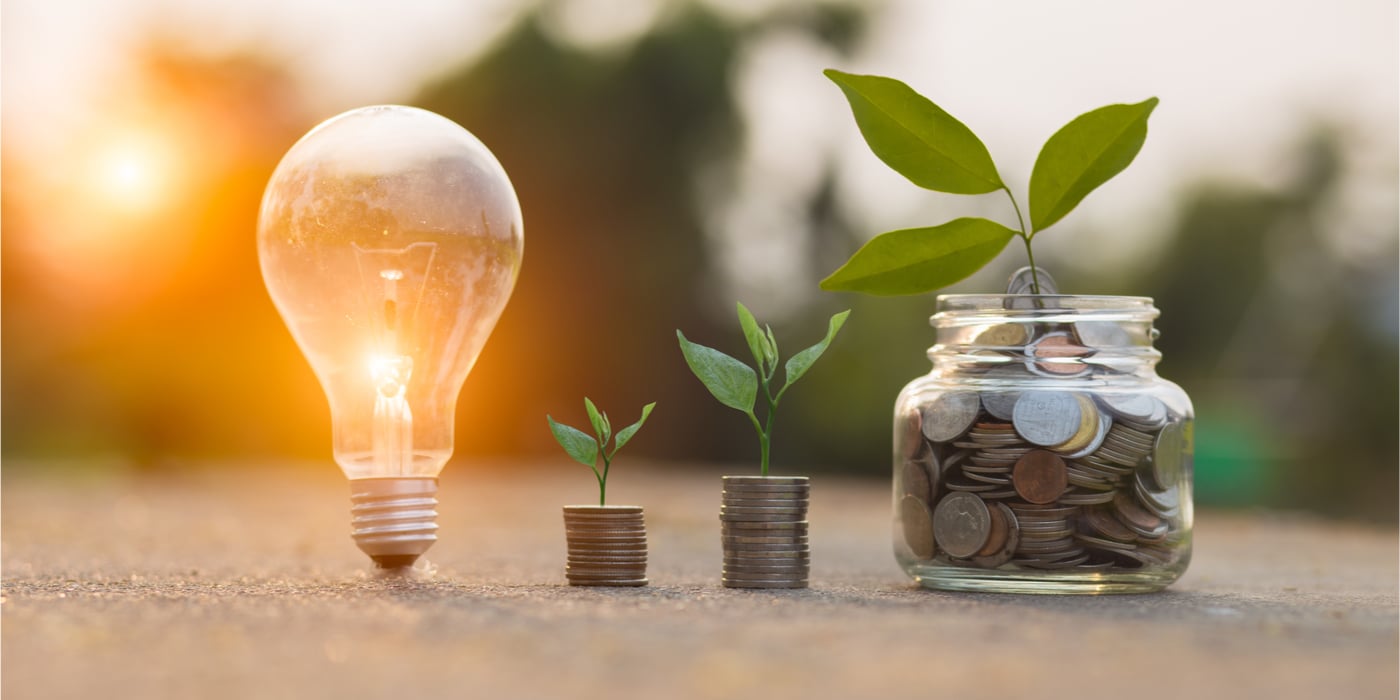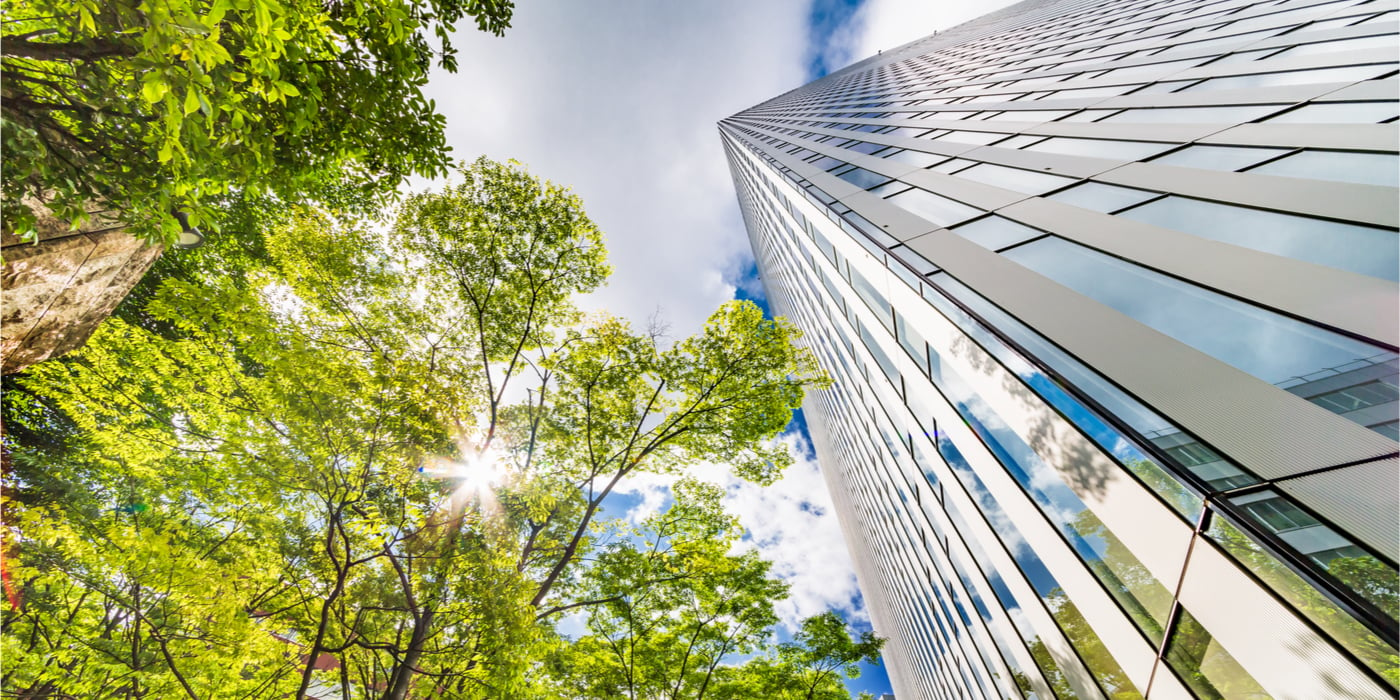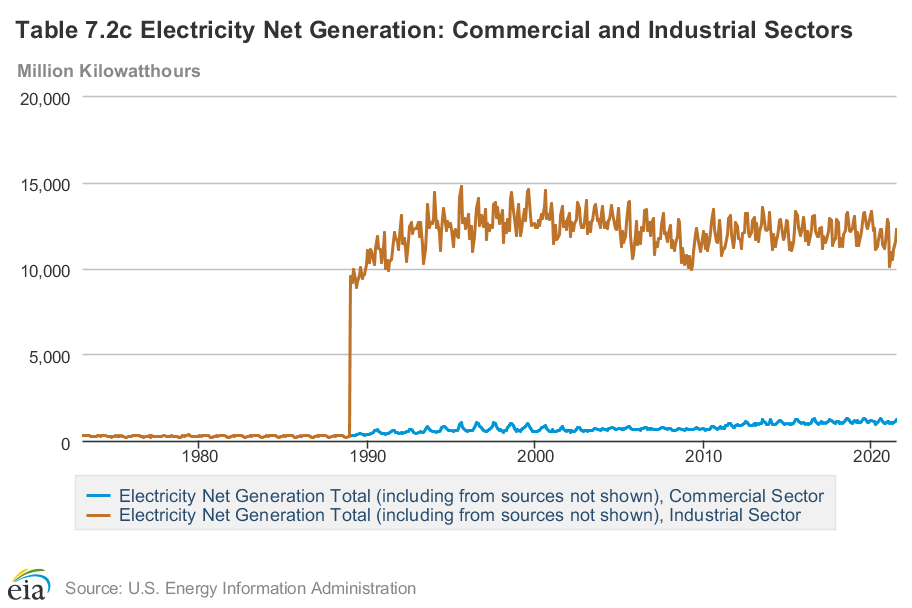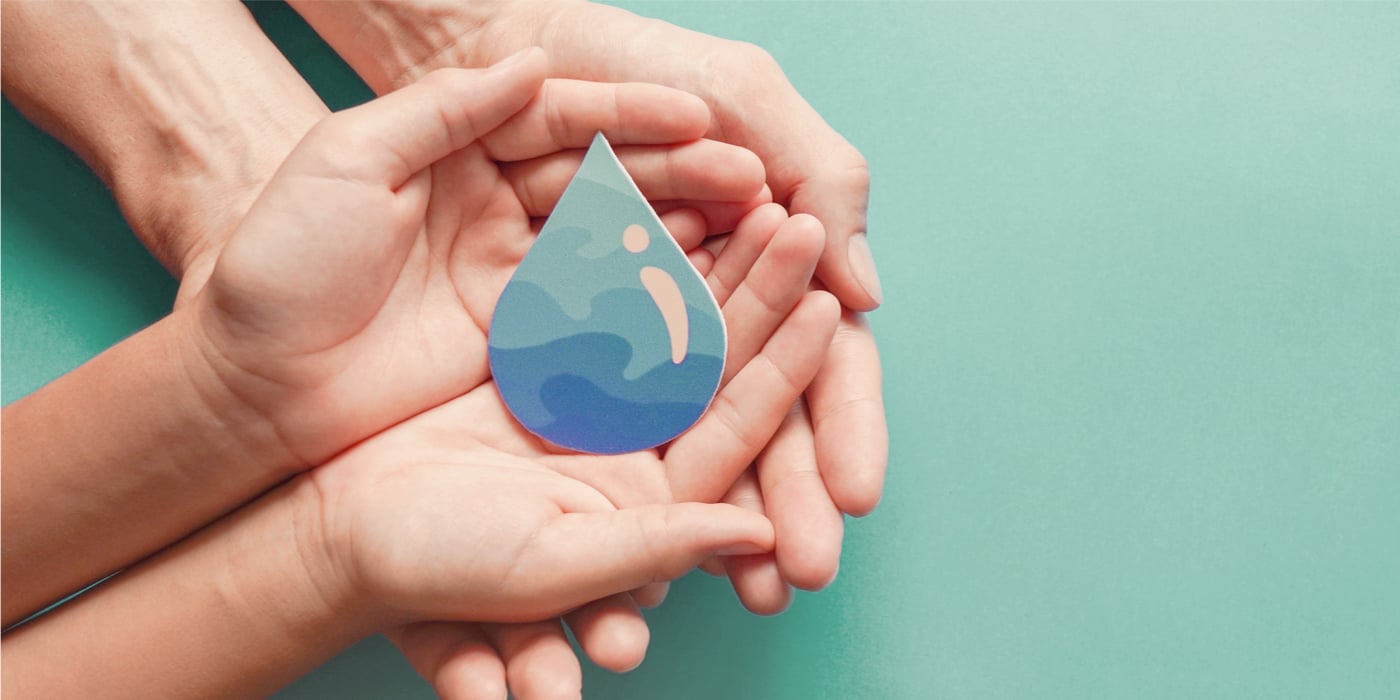
By: Caitlin Dimalanta | November 4, 2021
Part six of an ongoing series guiding you on the path to creating a cleaner, healthier, greener and safer building for re-entry and beyond.
In this blog series we’ve explored a multitude of ways to maintain a healthy building. From entryway matting to the latest in green cleaning technology, the strategies to be a greener facility are as unique as your cleaning regimen.
For part 6 of this series we will take a more “big picture” perspective and examine how to conserve energy, the role it plays in the wellness of our occupants, the effects it has on your bottom line and the impact it has on the environment.
Before diving into Cutting Down Facility Maintenance Costs with Energy Efficiency, be sure to check out the rest of this blog series (if you haven’t already) for more guidance on developing a sustainable building program:
Part 1: How to Develop a Sustainable Building Program
Part 2: Green Cleaning Tools, Equipment & Technology for Healthier Indoor Environments
Part 3: Planning an Efficient Waste Diversion & Recycling Program
Part 4: Put a Greener & Cleaner Foot Forward: Entryway Matting
Part 5: Reducing Consumption with Smart Purchasing Decisions
A Little Background
The major sources of energy in the US are natural gas, petroleum, coal, renewable energy and nuclear electric power. The industrial and commercial sectors combined account for 50% of energy consumption. In 2015 it was estimated that water use in the United States was about 322 billion gallons of water a day.
Although the future of energy is leaning toward more renewable sources, and our water consumption is on a gradual downward trend, the conservation of our planets’ natural resources is integral to ensure a brighter future for our environment and all those who live in it. As a facility manager there are energy conserving opportunities you can utilize today to not only benefit the long term but also the here and now in regard to your budget.

Steps for Improving Energy Efficiency in Commercial Buildings
Commercial buildings in particular have high energy needs and can put great strain on the nation's power grids during peak periods. According to the US Energy Information Administration, the largest source of energy used by commercial buildings is electricity making up for 61%.
One of the easiest ways to conserve energy is by installing LED lighting, and there are many options available including retrofitting your current fixtures.

Chart pulled from U.S. Energy Information Administration Monthly Energy Overview (November 2021)
Also, don’t forget to take advantage of light your facility currently receives and convert your cleaning operations from a nighttime to a daytime cleaning program. The energy savings from this could be HUGE! After-hours cleaning accounts for 25% of a building’s lighting usage, which ends up being about 7% of its total energy usage.
Water Conservation Opportunities
Per the EPA’s WaterSense program, restrooms are responsible for an average of 36% of the total amount of water consumption in commercial buildings, which includes office buildings, hospitals, hotels, restaurants and industrial buildings. This percentage increases to 45% for educational facilities.
Installing water savings devices like automatic faucets, automatic flush accessories or dual flush toilet systems can save a facility up to 67% on water that goes into flushing. And the installation of an aerator in a faucet, water usage can be significantly reduced from 2.5 gallons to 0.5 gallon released per minute per faucet!

Other Ways to Conserve Resources
In addition to lighting and water conservation accessories, there are a few other effective ways to conserve energy through the cleaning products, tools and equipment and the techniques you use.
Some of the things that can easily be implemented into your facility maintenance plan include:
- Replace cotton string mops with microfiber technology that requires less water and product while delivering maximum results
- Save water with dilution control systems that dilute ready-to-use chemicals accurately and precisely each time, which in turn ensures less product wastage and decreased end user cost per usable gallon
- Standardize portion dispensing of hand soap with no-touch dispensers to control costs and avoid wasting product
- Maintain floor drains to prevent hazardous exposure to sewer gases and the forming of dangerous transmission sites with waterless drain liners like the Green Drain trap seal
- When upgrading your cleaning equipment, choose machines which are Carpet & Rug Institute (CRI) certified to reduce water usage
WAXIE is committed to helping our customers keep their facilities cleaner, healthier, greener and safer. That means creating customized cleaning solutions to meet your specific needs, and then providing the ongoing training and support to help you achieve a cleaner and healthier building environment with energy efficiency and cost savings.
Please contact your WAXIE Account Consultant today to schedule a consultation.
Caitlin Dimalanta is WAXIE’s eCommerce Specialist. She enjoys researching and implementing various SEO (search engine optimization) strategies to enhance WAXIE’s eCommerce platform Web@Work. Caitlin has a Bachelor's Degree in Marketing from San Diego State University.




